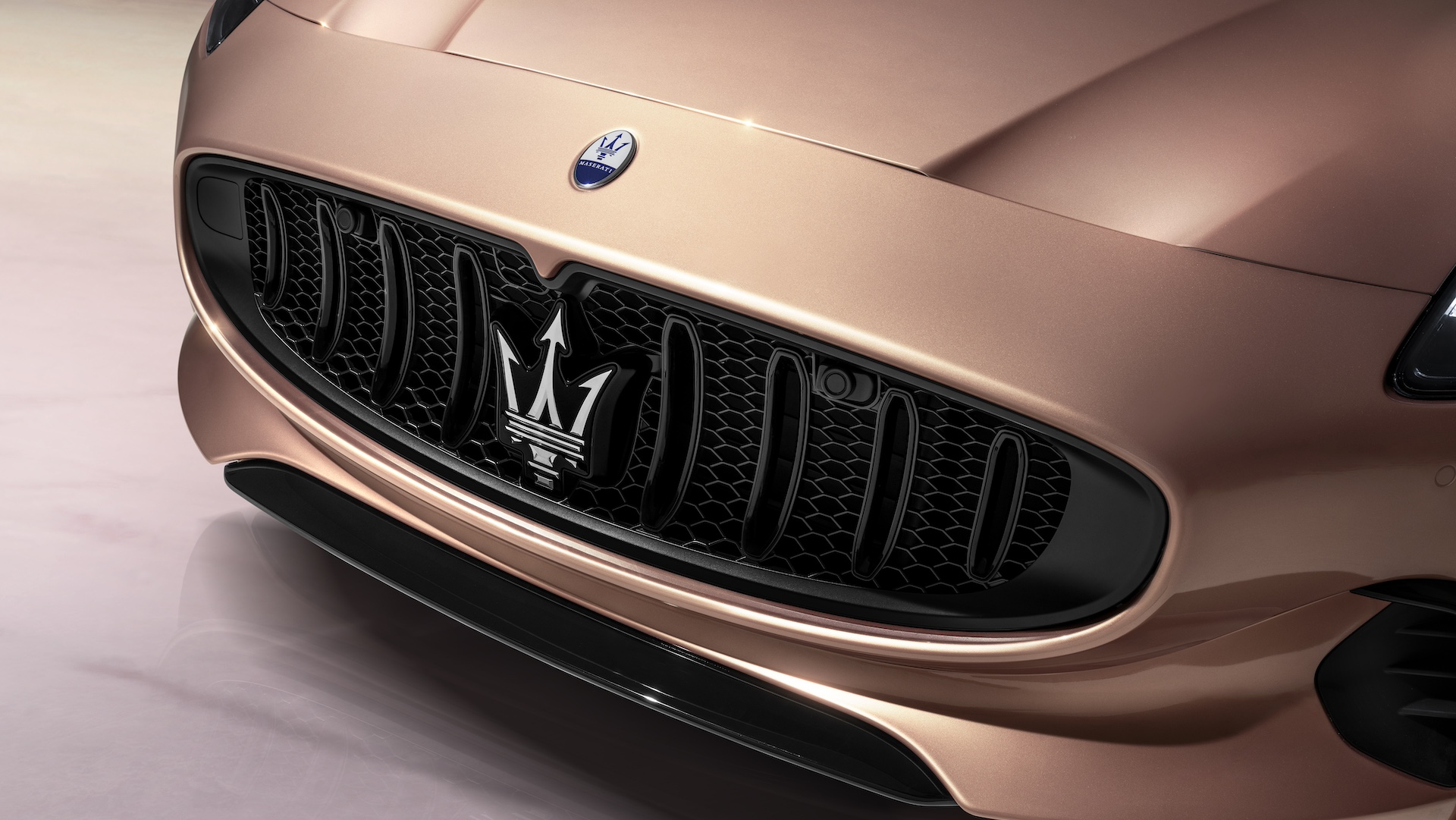

AI is revolutionizing the way the world works—or at the very least, the way companies of all shapes and sizes operate. From using artificial intelligence to predict pit stop strategies in racing to in-car virtual assistants, we’re seeing those famous two letters pop up more and more each day. But what about the design process of an Italian sports car? Is it smart, or going too far?
Earlier this week, The Drive caught up with Maserati‘s global head of design Klaus Busse at the 2025 GranCabrio Folgore‘s unveiling in Italy. There, Busse addressed the elephant in the room: Should AI be involved in the process of designing a car? Perhaps more importantly, what’s Maserati’s stance on involving such controversial tech in an extremely creative, intimate process?
“With AI, I can literally design 50 Maseratis while having an espresso with you,” Busse told The Drive. “The key is now to understand, where does Maserati want to go with this—what is the legacy?”

Maserati is best known for its elegant yet sporty designs, icons like the original Ghibli penned by Giorgetto Giugiaro, or the stunning 3500 GT. Design accolades aren’t reserved for vintage Maseratis only, as Frank Stephenson’s jaw-dropping MC12 is still a favorite of many, while models like the Quattroporte sedan and GranTurismo have become the face of the company in recent decades.
These have existed long before AI, and one can’t help but think how this technology could’ve impacted them. After all, Maserati isn’t shy when it comes to deploying new technologies; such is the case of the MCXtrema race car, which was fully designed by computer in about eight weeks.
“As of today, AI is not seeing the future, it’s only a mirror of everything it can find on the internet,” Busse added. “It’s a measure of all the things previously created [while adding] a certain degree of probability to come up with things that I might like.
“So yes, we’re using AI for certain tools, but I don’t think AI is the solution,” Busse continued. “It’s just another tool, and just like other techniques used in car design, it requires an extreme degree of self-curation.”



As Busse once said before in reference to the MCXtrema, Maserati honors its past by innovating and not recreating, hence the adoption of new technologies. The idea that every model should have life-size clay mockups and years’ worth of refining is quite romantic, but that’s simply not feasible anymore.
AI might be here to stay, but at this moment, it can only generate ideas from the past or present. For innovators like Busse and Maserati, that’s simply not good enough.
Got a tip? Email us at tips@thedrive.com